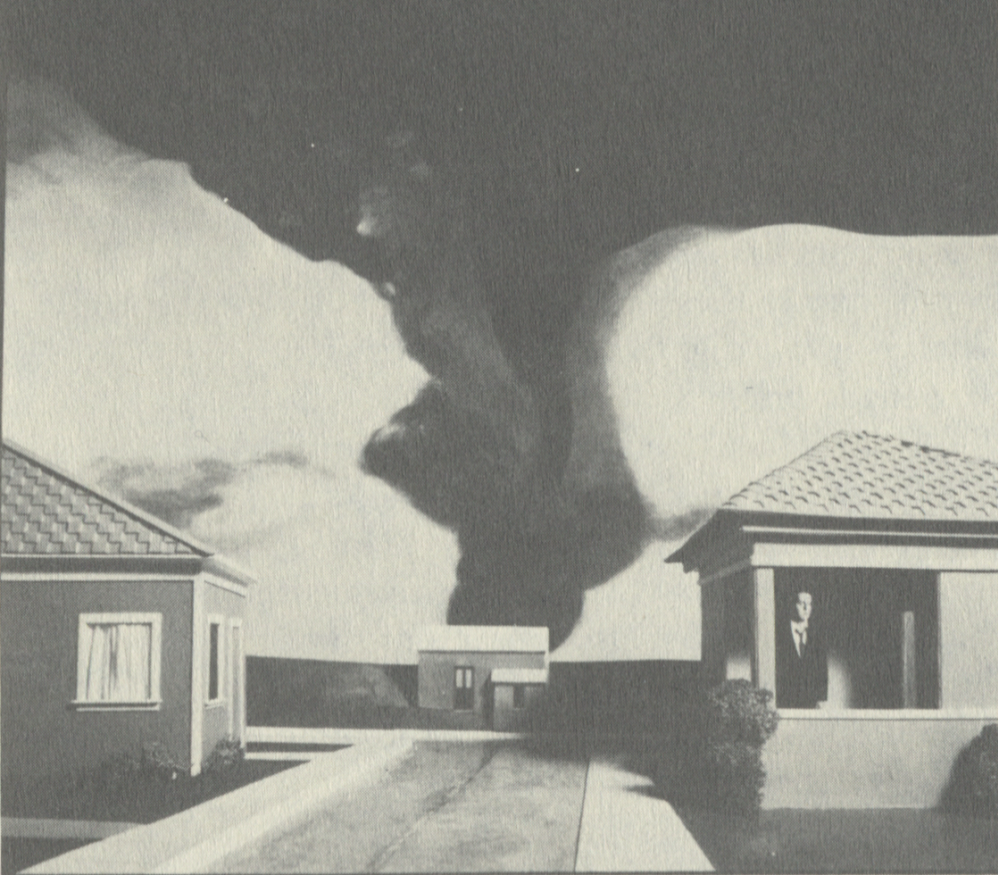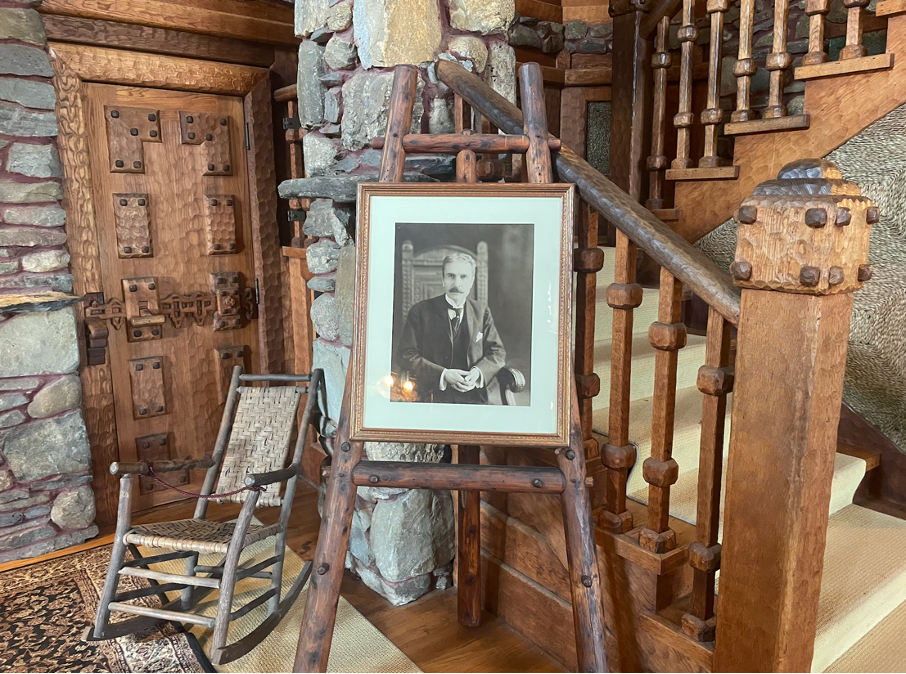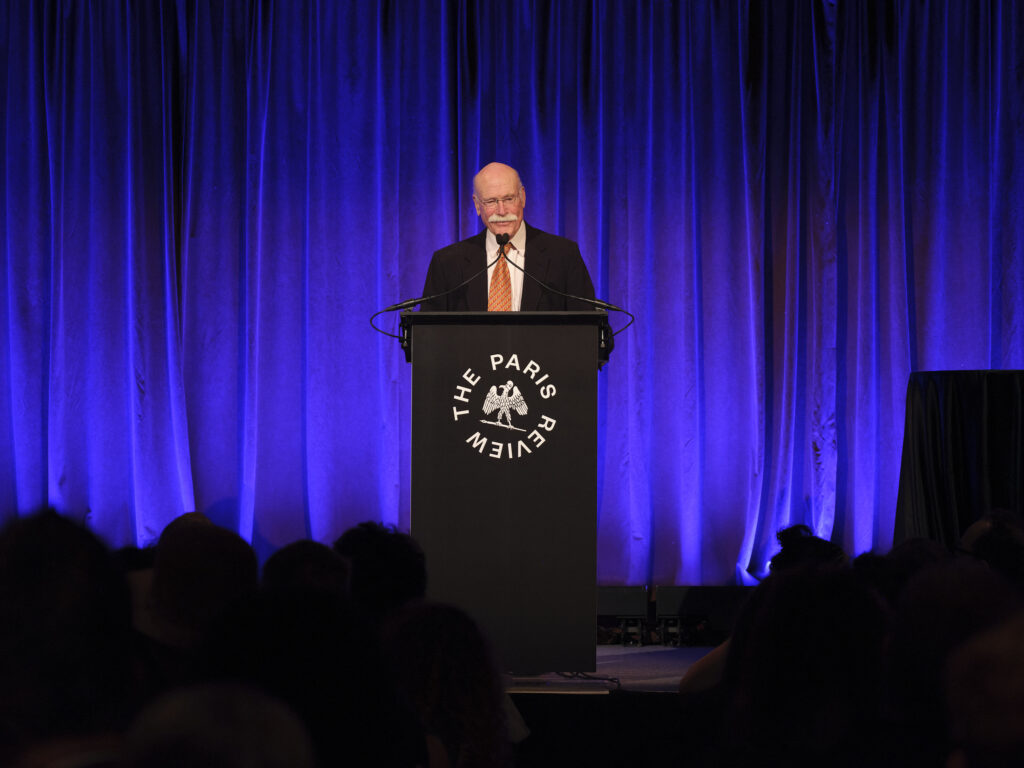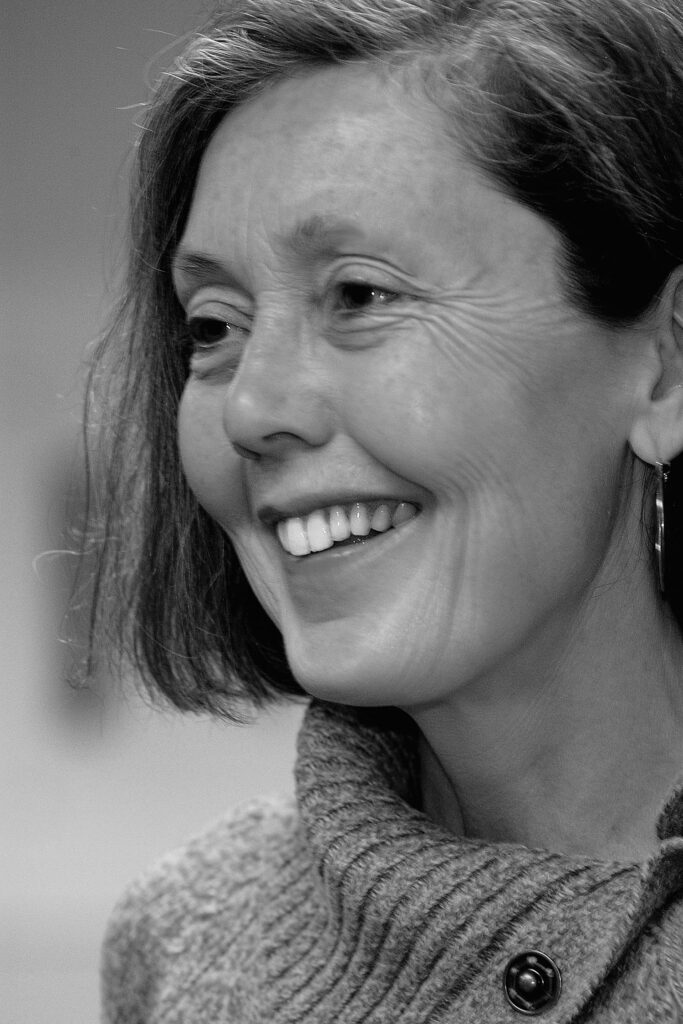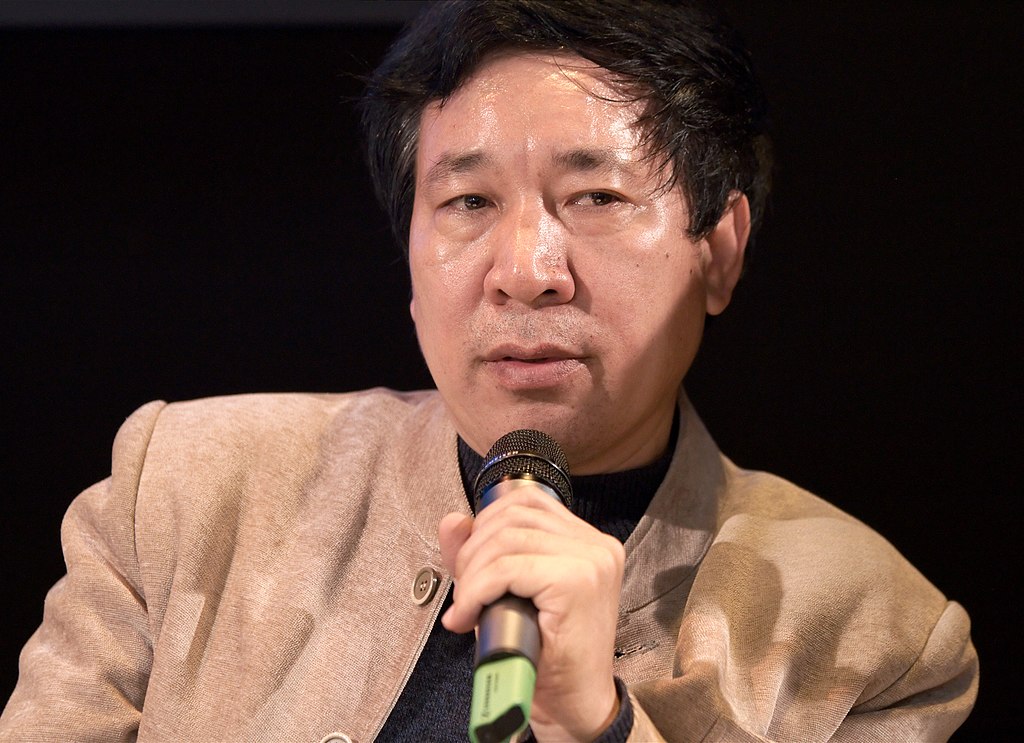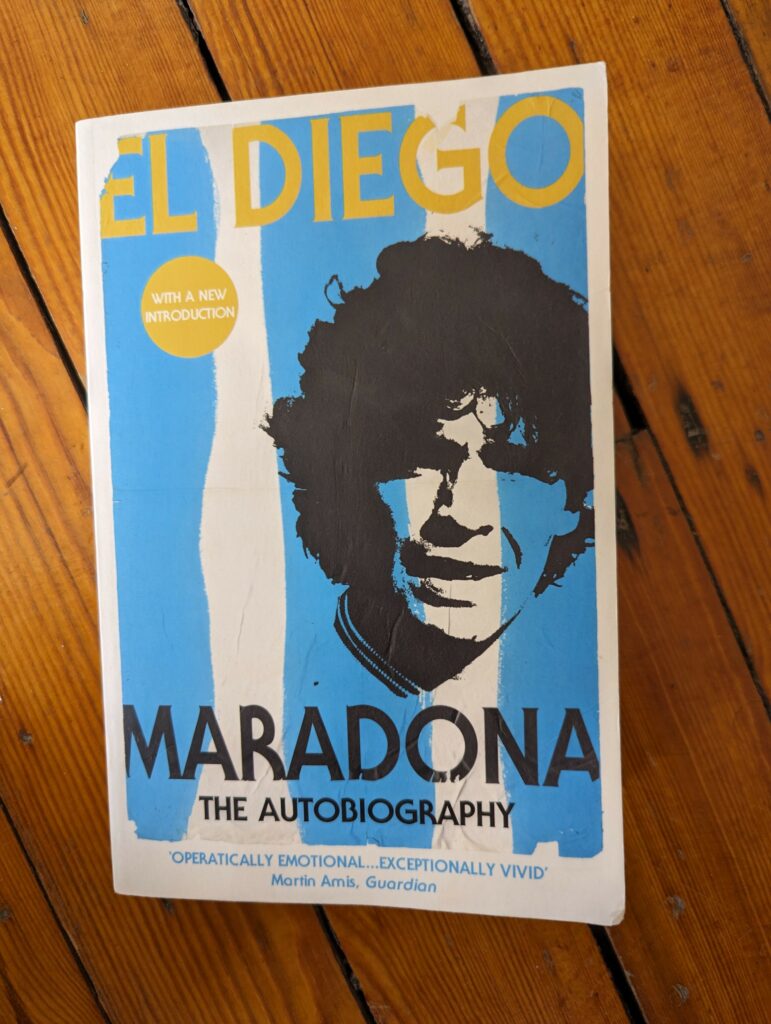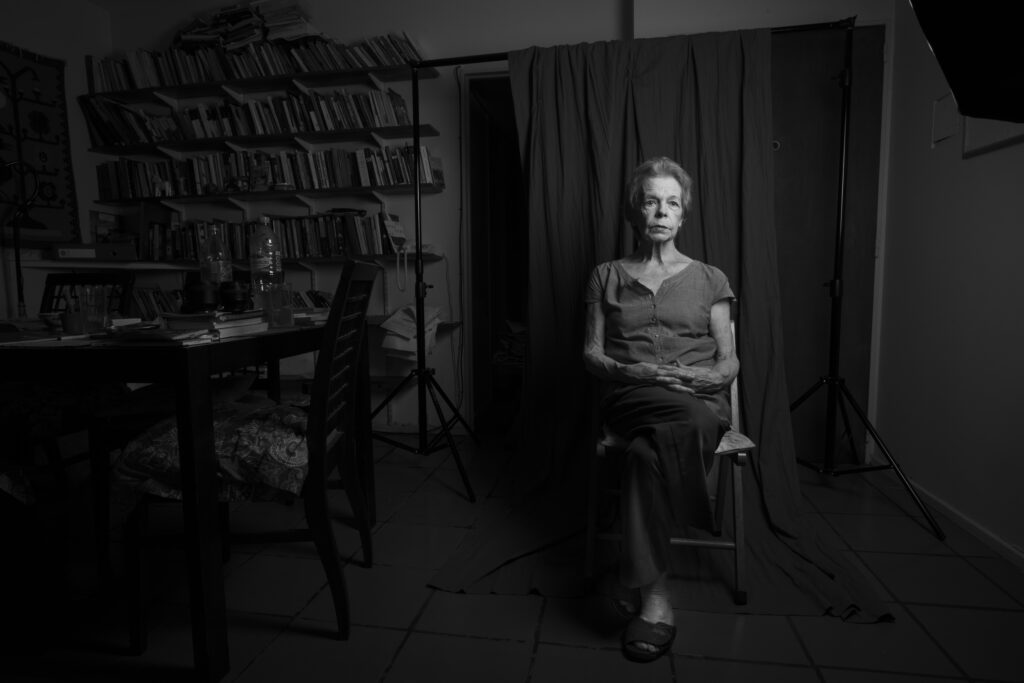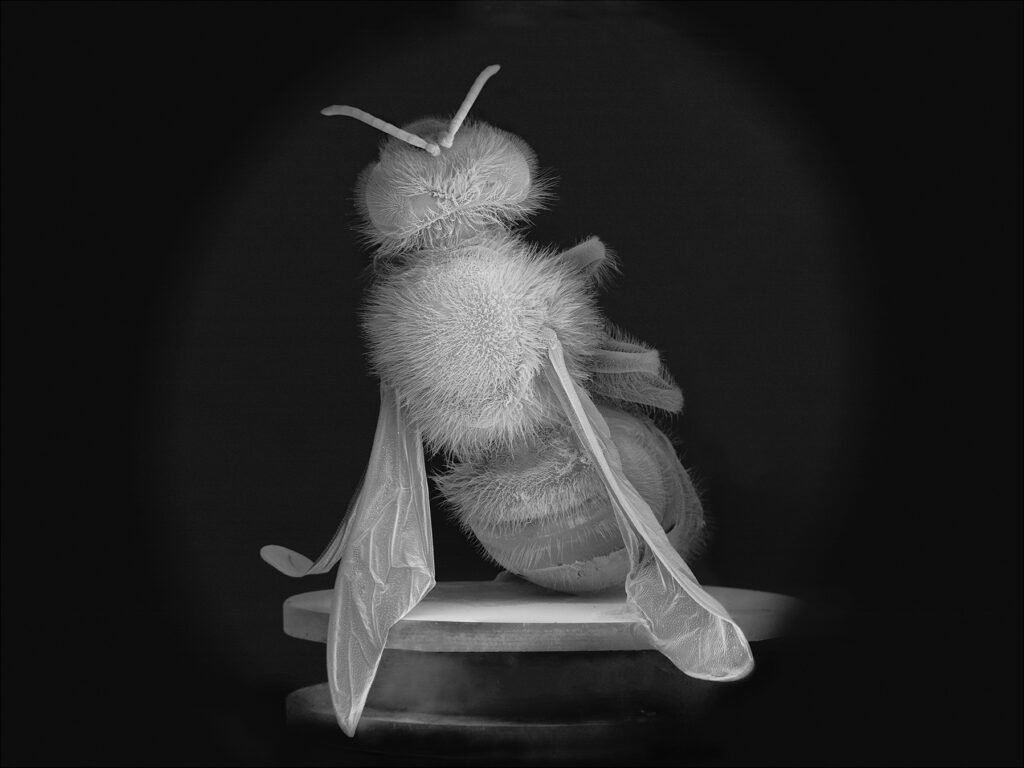Print from Trouble, by Bruce Charlesworth, a portfolio which appeared in The Paris Review in the magazine’s Fall 1985 issue.
Rejection may be universal, but as plots go, it’s second-rate—all buildup and no closure, an inherent letdown. Stories are usually defined by progress: the development of events toward their conclusions, characters toward their fates, questions toward understanding, themes toward fulfillment. But unlike marriage, murder, and war, rejection offers no obstacles to surmount, milestones to mark, rituals to observe. If a plot point is a shift in a state of affairs—the meeting of a long-lost twin, the fateful red stain on a handkerchief—rejection offers none; what was true before is true after. Nothing happens, no one is materially harmed, and the rejected party loses nothing but the cherished prospect of something they never had to begin with. If the romance plot sets up an enticing question—Will they or won’t they?—the rejection plot spoils everything upfront: they won’t. There the story stalls; but, strangely, continues. Even with no hope of requital, desire can persist, even intensify, with no guarantee of ending. The lack of happening is the tragedy.
Rejection isn’t the same as heartbreak, which entails a past acceptance. A rejection implies that you don’t even warrant a try. From the reject’s perspective, the reciprocity of heartbreak looks pretty appealing. And if you’re going to suffer, it may as well be exciting. Who would choose the flat desolation of rejection over rough-and-tumble drama, especially if they end the same way? The cliché—tis better to have loved and lost than never to have loved at all—is comforting to the heartbroken, but damning to the rejected. No matter how unpleasant or unequal, a breakup is at least something you share with someone else. Rejection makes only one reject. “Unrequited love does not die,” writes Elle Newmark in The Book of Unholy Mischief, “it’s only beaten down to a secret place where it hides, curled and wounded. For some unfortunates, it turns bitter and mean, and those who come after pay the price for the hurt done by the one who came before.” A story that begins with closure can never end.
The basic plot of rejection is simple. First comes the yearning, where “by the successive inventions of his desires, his regrets, his disappointments, and his projects, the lover constructs an entire novel around a woman he does not know,” as Proust writes. Eventually you make a proposition and are declined. You may try again, but only the same happens—nothing.
What science has to say about rejection is mostly what everyone already knows: it’s real and it hurts. In an fMRI study researcher Naomi Eisenberger demonstrated that being rejected lights up the dorsal anterior cingulate cortex, the part of the brain that deals with physical pain, with a corresponding release of dopamine and cortisol. The social psychologists Roy Baumeister and Dawn Dhavale’s study “Two Sides of Romantic Rejection,” typical of much writing in their field, spells out common sense to a point of absurd rigor (they note that “it is better to be intelligent and beautiful than stupid and ugly”). They define romantic rejection as a situation in which “a person refuses the romantic advances of another, ignores / avoids or is repulsed by someone who is romantically interested in them, or unilaterally ends an existing relationship.” The measure of rejection is the “discrepancy between desired and perceived relational evaluation,” which is “the degree to which a person regards his or her relationship with another individual as valuable, important, or close”—in other words, you want your relationship to matter to the other person more than it does. Certain categories of people are more likely to be rejected: those considered “dangerous, having little to offer, as exploitative, or rejecting of us.” And the leading cause of rejection, they argue, is hypergamy: desiring people more desirable than oneself.
Copyright
© The Paris Review
